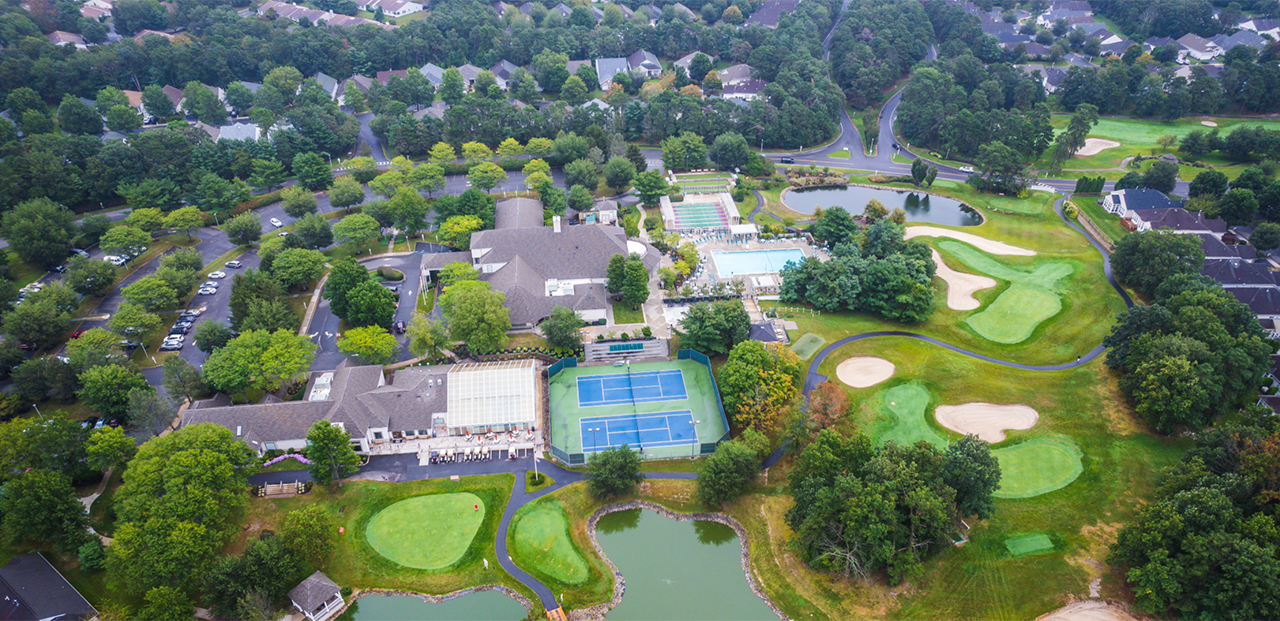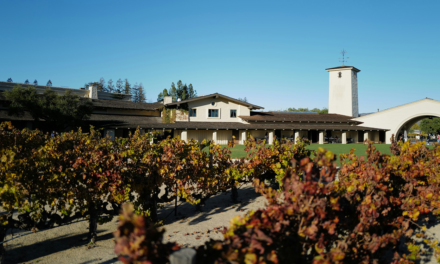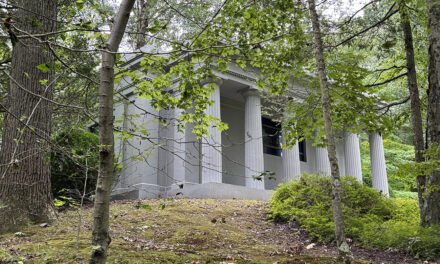Lakewood, New Jersey, nestled in Ocean County, is a town rich in history and cultural diversity.
From its early days as a farming and resort community to its current status as a thriving urban area, Lakewood’s evolution is a fascinating story of growth, resilience, and community spirit.
Table of Contents
Early Beginnings
Indigenous Roots
Before European settlers arrived, the area now known as Lakewood was inhabited by the Lenni-Lenape Native Americans.
The Lenni-Lenape were known for their semi-nomadic lifestyle, relying on hunting, fishing, and agriculture to sustain their communities.
Colonial Settlement
In the 18th century, European settlers started to land, attracted by the fertile land and abundant resources.
The area was initially part of Monmouth County before Ocean County was established in 1850. Early settlers engaged in farming, timbering, and other agricultural pursuits, laying the foundation for Lakewood’s development.
The Resort Era
The Establishment of Resorts
In the late 19th and early 20th centuries, Lakewood gained fame as a resort destination.
Wealthy New York City and Philadelphia visitors were drawn to its natural beauty, fresh air, and recreational opportunities. The establishment of luxurious hotels such as the Laurel House and the Lakewood Hotel marked the beginning of Lakewood’s golden age as a resort town.
Notable Visitors
Prominent figures, including John D. Rockefeller and Grover Cleveland, frequented Lakewood during this period.
The town became a fashionable retreat, offering amenities such as golf courses, tennis courts, and scenic lake views.
Mid-20th Century Transformation
Post-War Development
After World War II, Lakewood underwent significant changes.
The demand for housing increased as veterans returned home and sought suburban living. During this period, numerous residential developments were constructed, transforming Lakewood from a resort town to a suburban community.
Educational and Religious Institutions
Lakewood became home to various educational and religious institutions, contributing to its cultural diversity.
Beth Medrash Govoha, one of the largest and biggest yeshivas in the world, was established in Lakewood in 1943. It attracted a significant Jewish population and made Lakewood a center of Orthodox Judaism in the United States.
Modern Lakewood
Economic Growth
Today, Lakewood is a bustling urban center with a diversified economy.
The town has experienced rapid growth, driven by its robust educational institutions, vibrant business community, and expanding residential areas. Lakewood’s industrial parks and commercial centers contribute to its economic vitality.
Cultural Diversity
Lakewood’s population reflects a rich cultural mosaic.
The town is known for its significant Orthodox Jewish community, alongside other diverse ethnic and cultural groups. This diversity is celebrated through various community events, cultural festivals, and religious observances.
Fun Things to Do in Lakewood
Explore Natural Beauty
- Lake Carasaljo: Enjoy a scenic walk or picnic by this picturesque lake, which offers boating and fishing opportunities.
- Pine Park: A perfect spot for hiking, picnicking, and enjoying the outdoors, Pine Park provides a serene escape from urban life.
Experience Local Culture
- Historic Strand Theater: This historic theater has been a cultural landmark in Lakewood since 1922. Attend a performance or event at this venue.
- Lakewood Heritage Museum: Learn about the town’s rich history and cultural heritage through exhibits and displays.
Enjoy Recreational Activities
- FirstEnergy Park: Home to the Lakewood BlueClaws, a minor league baseball team, this park offers exciting games and family-friendly entertainment.
- Golf Courses: Lakewood boasts several golf courses, including the Lakewood Country Club and Eagle Ridge Golf Club, perfect for golf enthusiasts.
Q&A: Delving Deeper into Lakewood’s Legacy
Q: What role did the resort era play in shaping Lakewood?
A: The resort era attracted wealthy visitors and notable figures, transforming Lakewood into a fashionable retreat and setting the stage for its future development as a suburban community.
Q: How have Lakewood’s educational and religious institutions influenced its growth?
A: Institutions like Beth Medrash Govoha have attracted a significant Orthodox Jewish population, contributing to Lakewood’s cultural diversity and economic vitality.
Q: What are some notable historical landmarks in Lakewood?
A: The Historic Strand Theater and Lakewood Heritage Museum are key landmarks that showcase the town’s rich history and cultural heritage.
Q: How has Lakewood adapted to modern economic challenges?
A: Lakewood has diversified its economy, with industrial parks and commercial centers driving economic growth and providing job opportunities.
Q: What recreational activities are available in Lakewood?
A: Residents and visitors can enjoy natural beauty at Lake Carasaljo and Pine Park, attend baseball games at FirstEnergy Park, and play golf at local courses.
Q: What future developments are anticipated for Lakewood?
A: Future developments in Lakewood include expanding residential areas, enhancing infrastructure, and promoting cultural and community initiatives to support its growing population.
Lakewood, New Jersey’s Future
Lakewood, New Jersey’s history, is a testament to its resilience, adaptability, and community spirit.
From its early days as a Lenni-Lenape settlement to its turn into a bustling urban center, Lakewood has continually evolved while preserving its rich cultural heritage.
As the town continues to grow and develop, it remains a vibrant and diverse community, celebrating its past while embracing the opportunities of the future.





